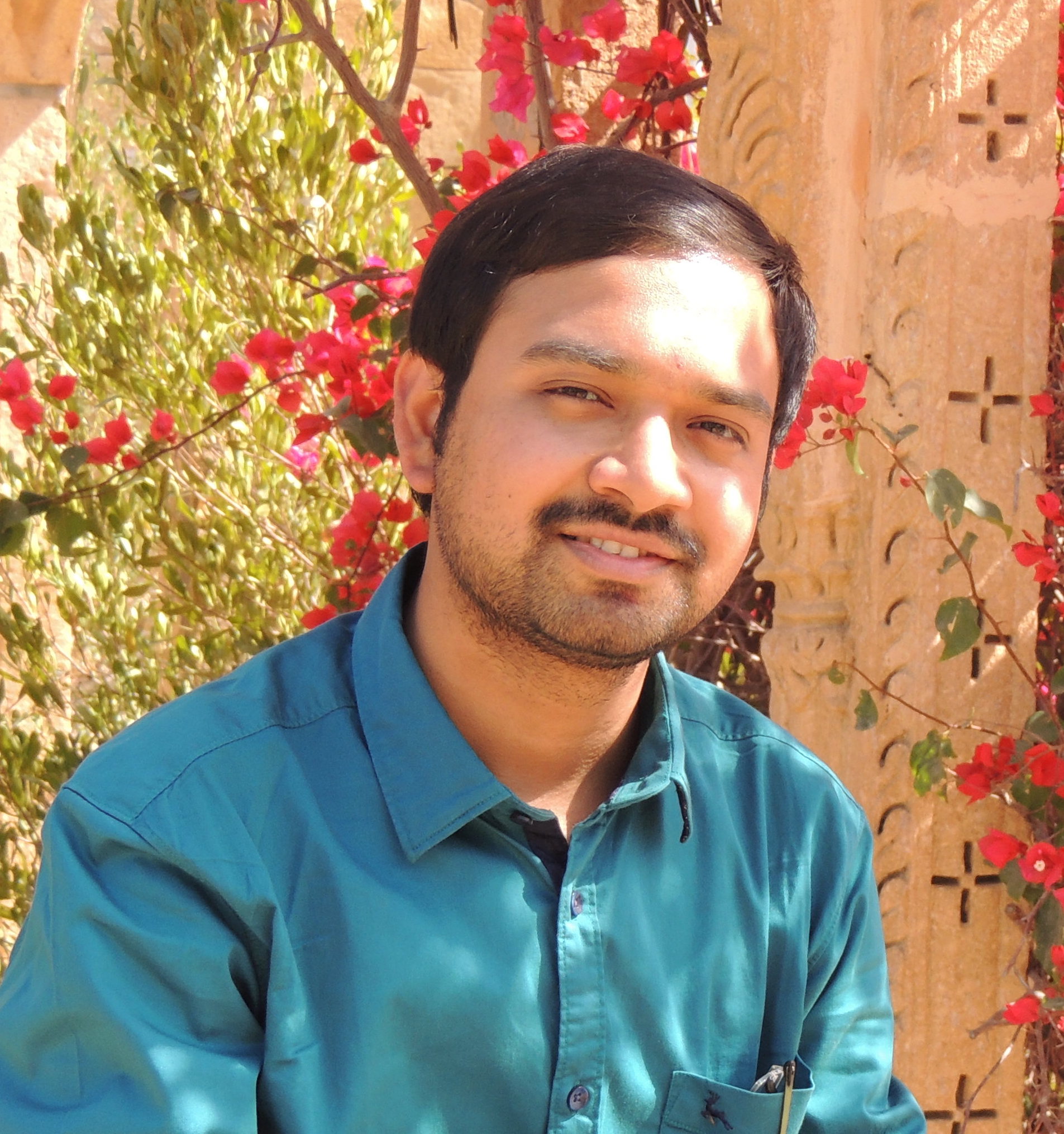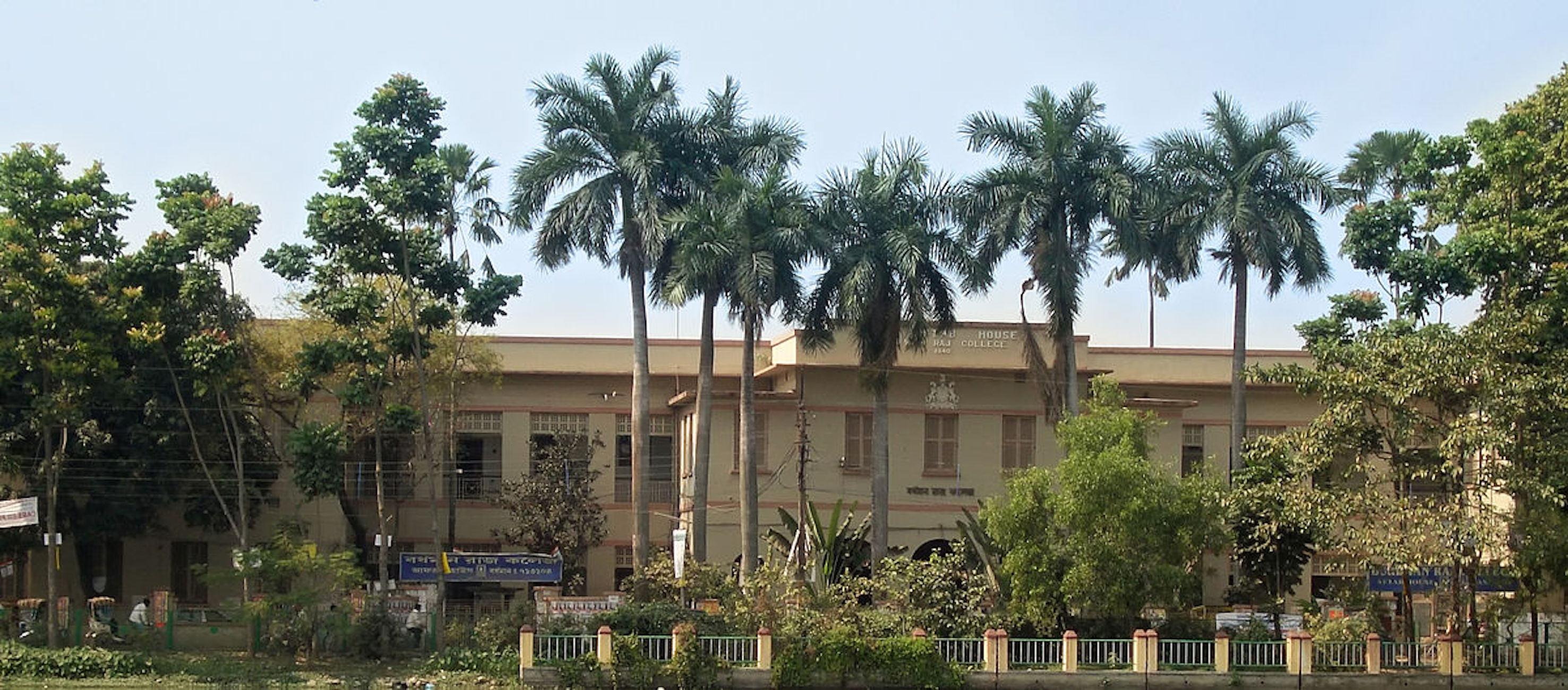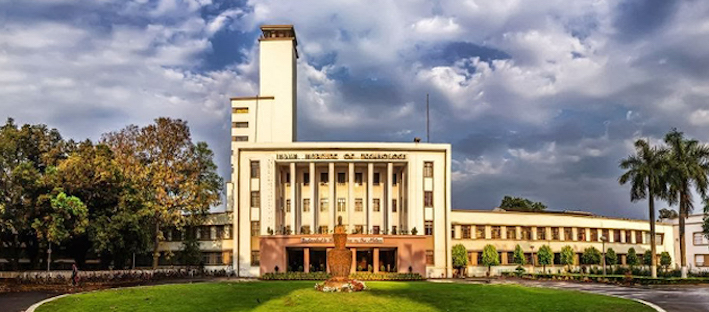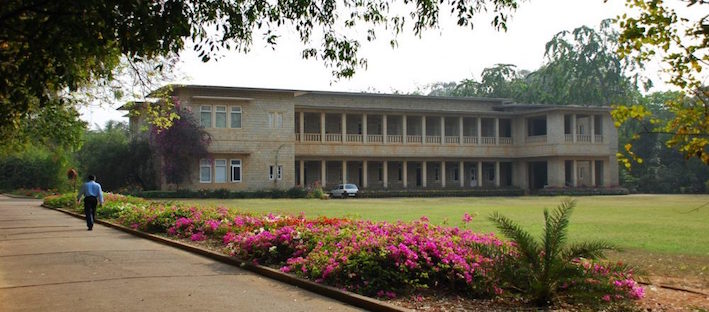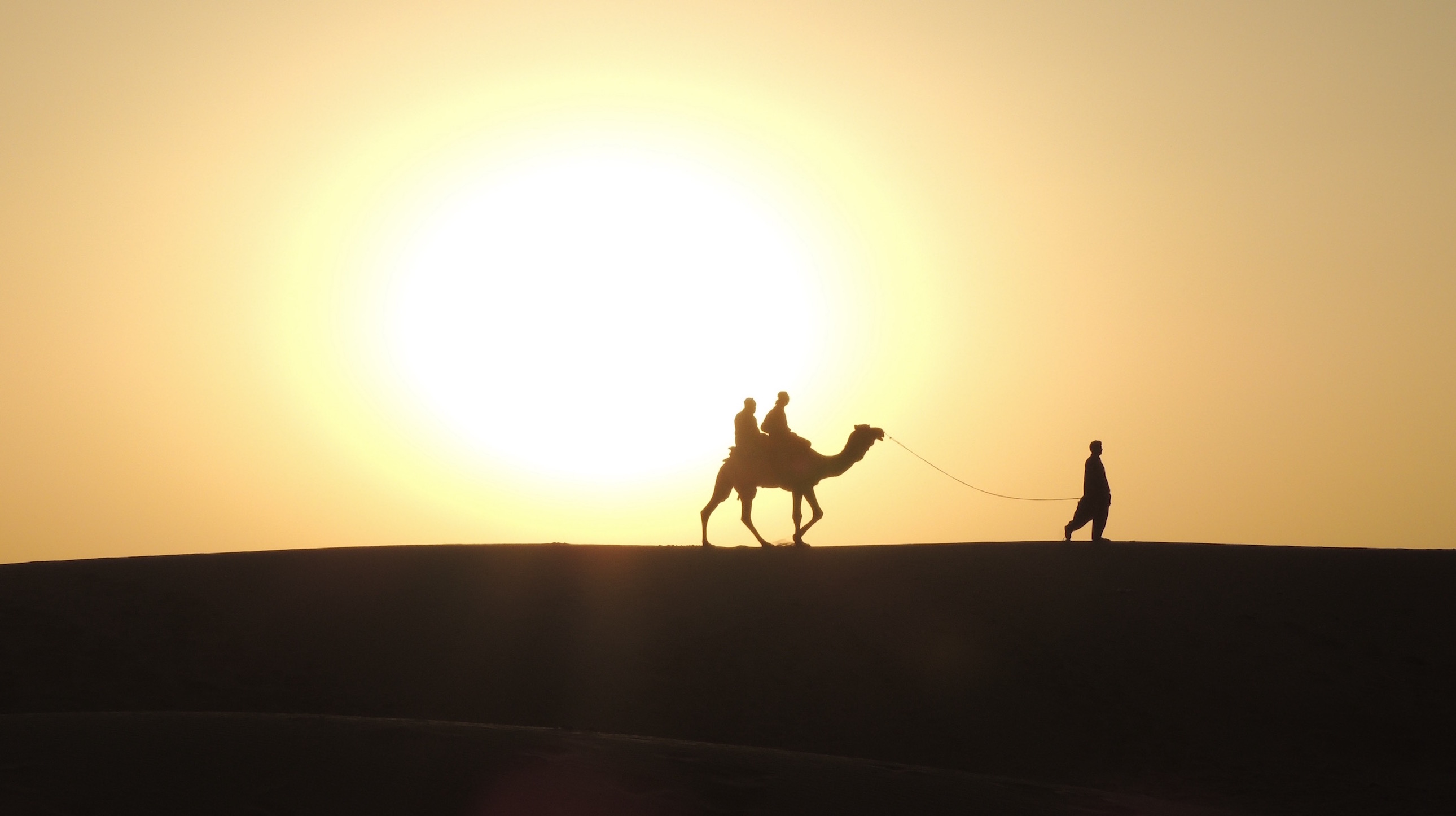Siddhartha Gupta
I use the following codes to study astrophysical problems.
Magneto-hydrodynamic simulations
-
PLUTO (programming language C, python interface)
-
SHOBDO (C, python interface)
-
ZEUS-MP (fortran75)
PLUTO is a multi-dimensional code, develoved by Prof. A. Mignone + Group. For details visit PLUTO.
It is a two-fluid hydro code written by me to study gas + cosmic ray shock. For details, click here SHOBDO.
This is one of the popular codes in astrophysics. Details can be found here.
Kinetic simulations
-
TRISTAN (fortran90)
-
Konica (C, python interface)
It is a Particle-In-Cell code. The details can be found here.
Under construction.
Analysis codes
-
fluid (C)
-
particles (python)
This is written by me for analyzing data files for the PLUTO and Shobdo codes. Under construction.
For analyzing TRISTAN output Under construction.
Visualizations
-
MYTH (python)
MYTH is a multipurpose YT-rendering code especially designed to compile the yt-rendering. For details, click here MYTH.
C header files
It is always good to have your own header files.- readDeci.h
- polyfit.h
- bezier.h ... many more to be uploaded. For any clarification please write an email (see Contact).
Office
Department of Astronomy & Astrophysics
The University of Chicago
5640 S Ellis Avenue, Chicago, IL 60637, United States
Email : gsiddhartha@uchicago.edu
